With all the wine that I’ve learned about over the past few years, I still consider myself a novice. I can pick on a few of the flavors, notes and body of different varietals, but a good share of it is still a guessing game. What I honestly aim for are ideal wine and food pairings, as I find that’s where the peak culinary experiences are. Of course, that doesn’t mean I’ll discontinue my wine education.
So, when RAS, his friend from Switzerland and I visited three wineries in Oregon’s Willamette Valley, after our trip to the coast. Known for its most made varietal, Pinot Noir, it has more than 600 wineries in the region, which runs down the central part of the state from Portland to Eugene. Its U-shaped valley provides those ideal conditions to grow such an exquisite grape that often fails in other wine-producing areas of the country. But I wanted to find wines here that go beyond the region’s signature wine.
Don’t get me wrong. I enjoy a great Pinot – it’s one of my favorite reds. However, I wanted to find other wines that the winemakers were equally proud to showcase during our tastings and identify the varietals they were most enthusiastic about.

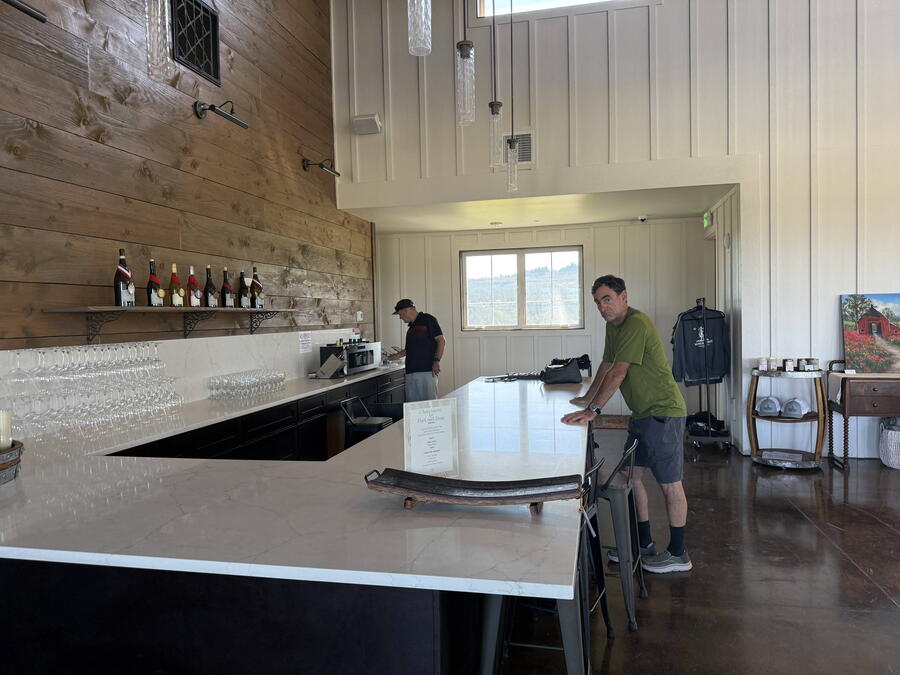
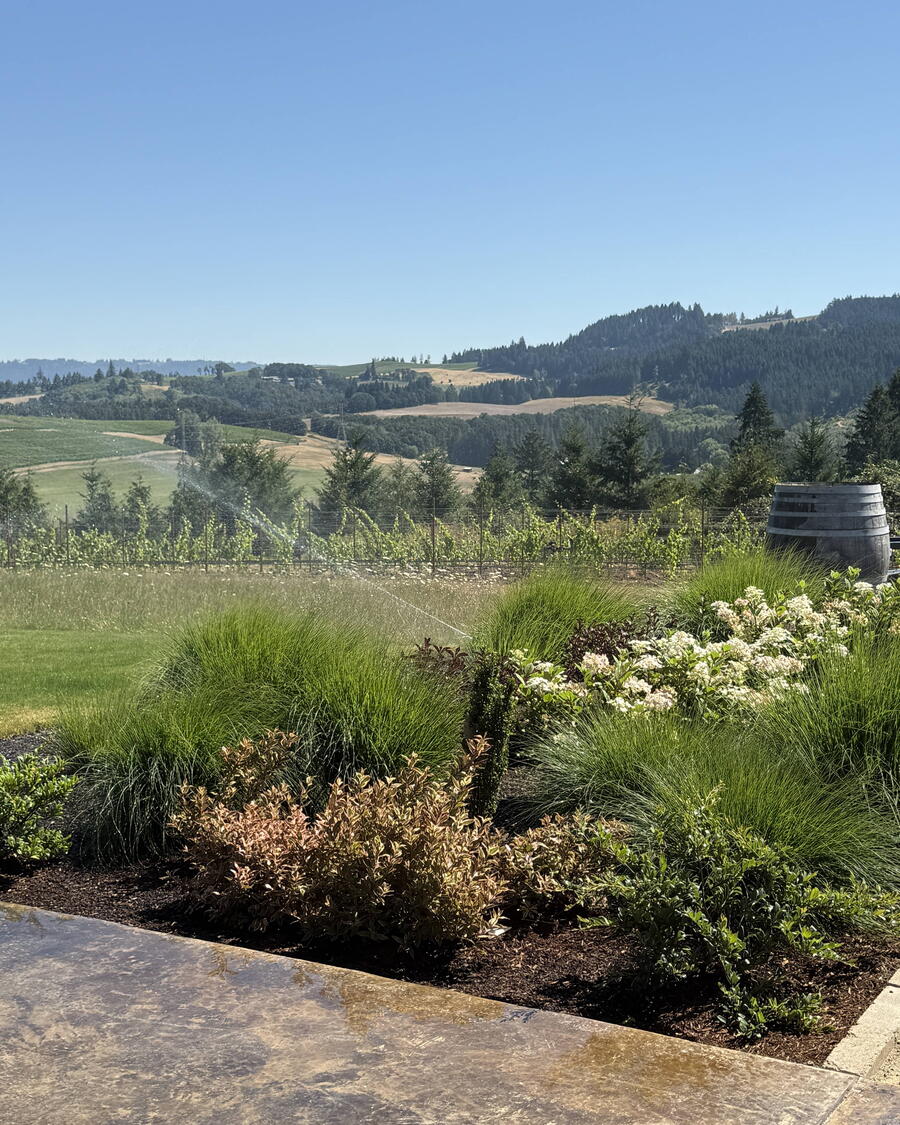

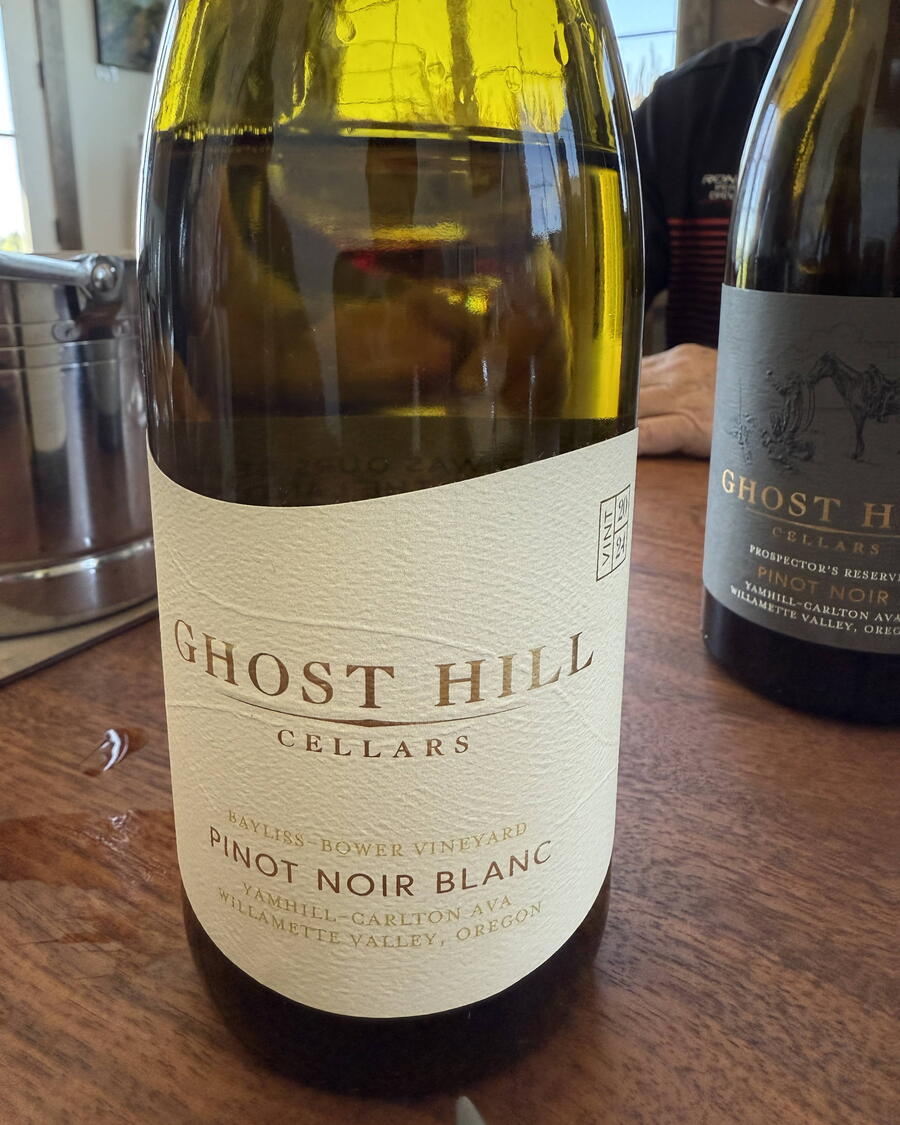
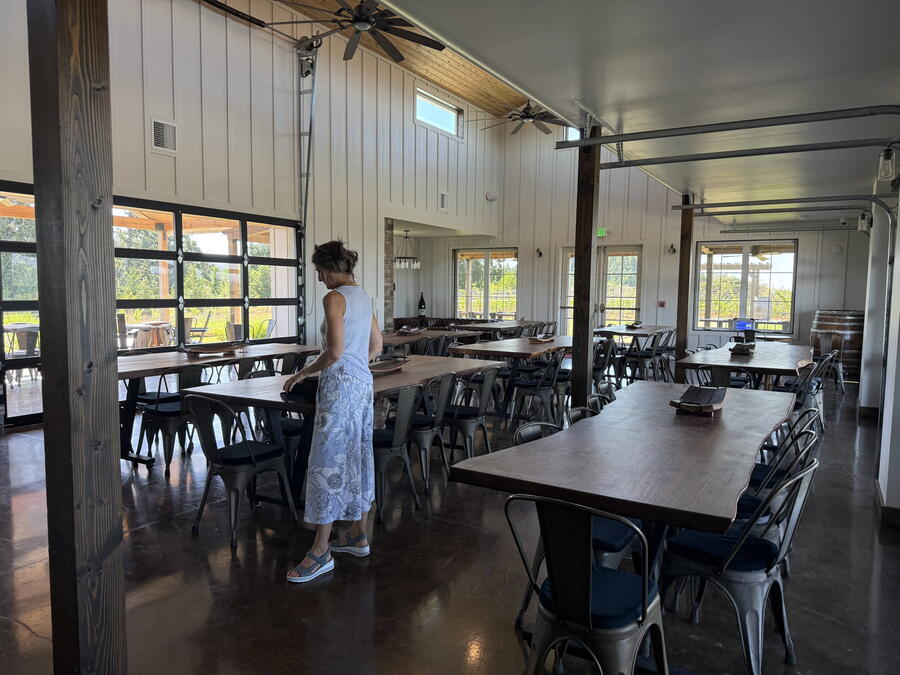
Ghost Hill Cellars
Run by the Bower family, this hilltop winery covers 234 acres. It has a variety of wines besides their excellent Pinot Noir, of which they have four vintages from their signature Bayliss-Bower, two from their Prospector’s Reserve and the 2019 Bayliss-Bower Yamhill Carlton. There is also a Spirit of Pinot Noir Rose. But we tried some that aren’t yet for sale to the public, namely the Blanc de Blanc sparkling wine and the Apparition Chardonnay.
The varietal I enjoyed the most was the Pinot Noir Blanc, which is made from the same grapes as the red but without the skins to give color. It had apple, citrus and mineral notes and was quite complex for most medium-bodied wines I’ve had. I enjoyed this one and the rose so much, we bought some bottles to take back to our friends in Washington State (yes, we had some of this too).
Why is it called Ghost Hill Cellars? That’s part of the lore of this vineyard. During the 1850s, prospectors found gold in southern Oregon. The road ran through the current property, and when a miner rested nearby, others stole his claim and killed him and his horse. To this day, family members and workers report there are ghostly presences.
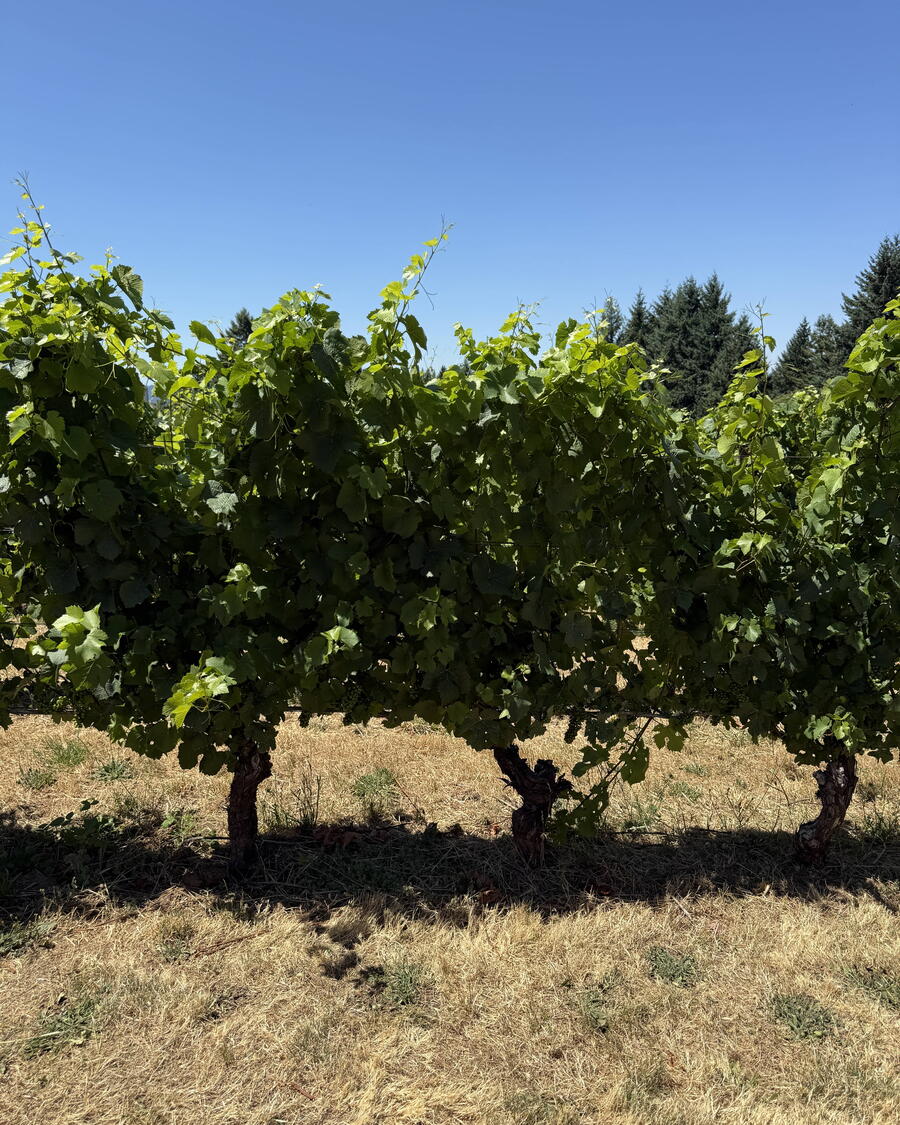
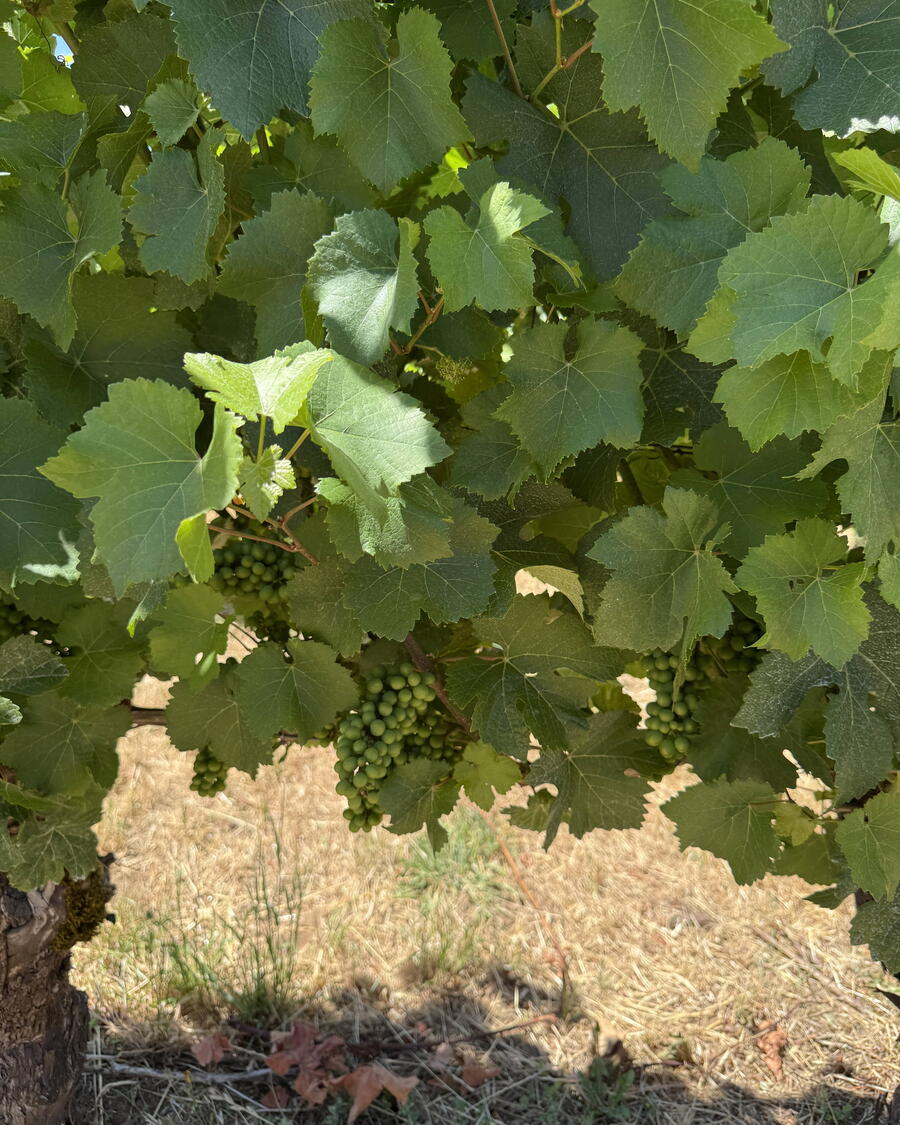
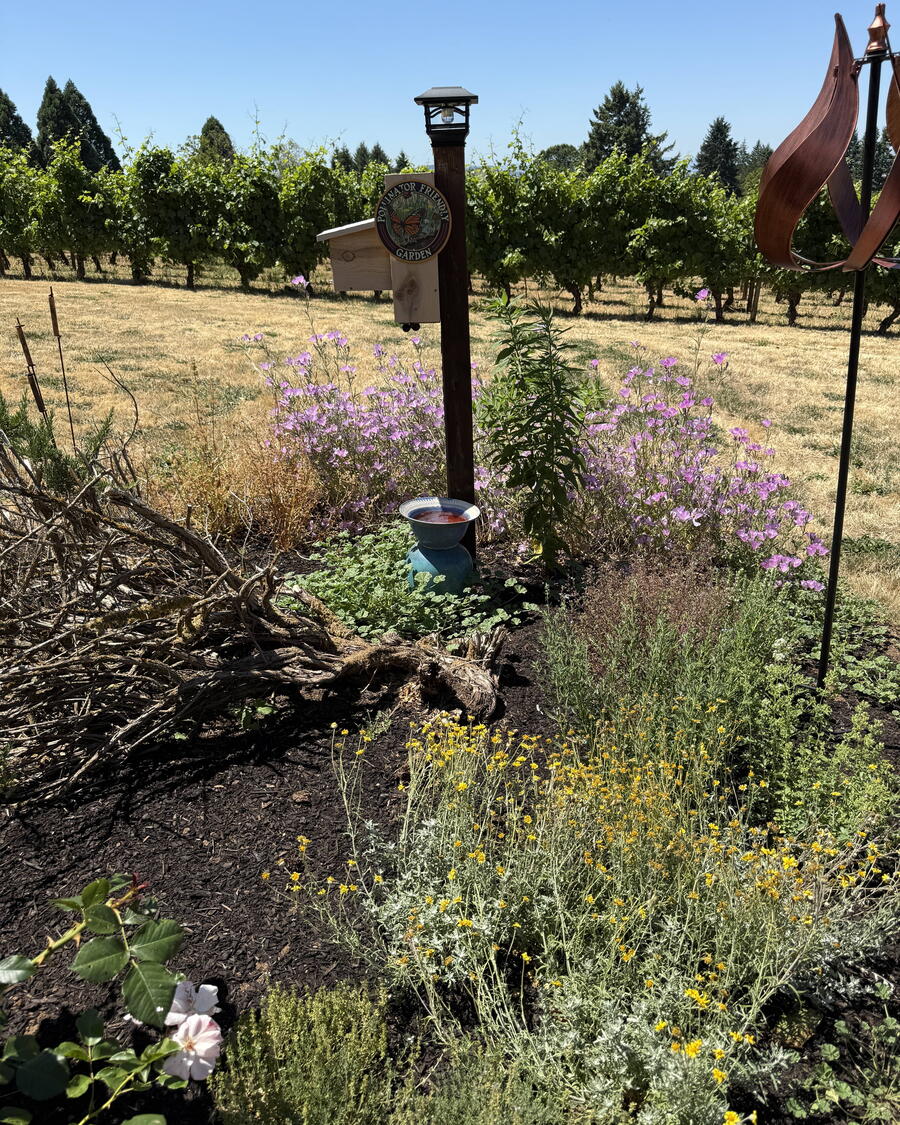
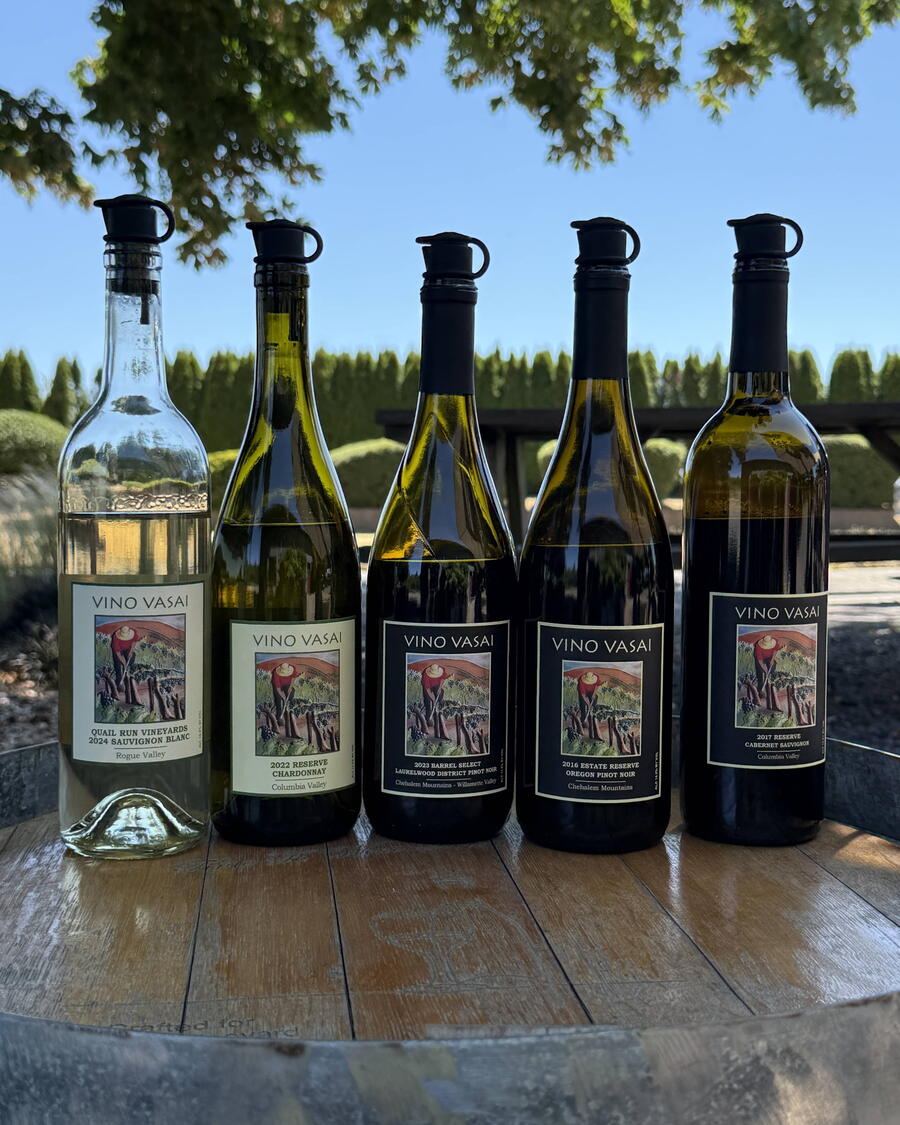
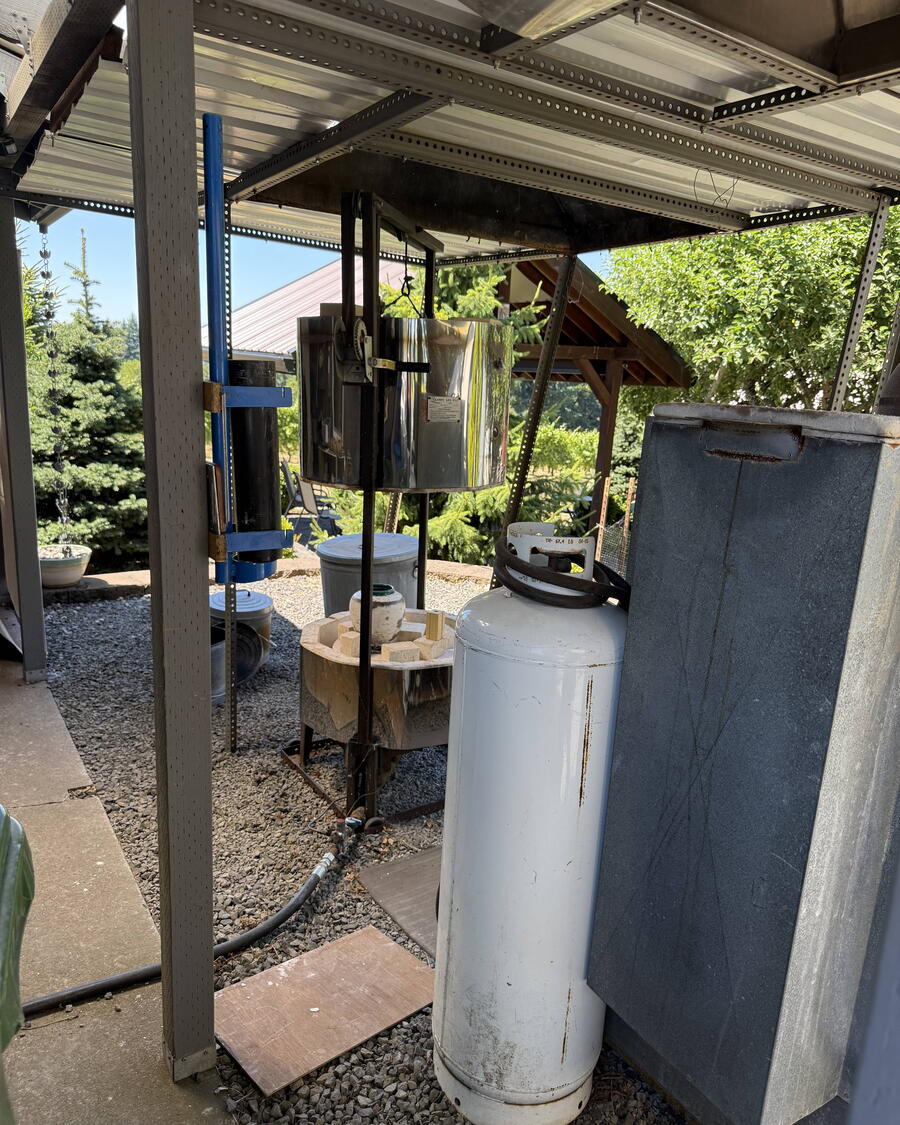

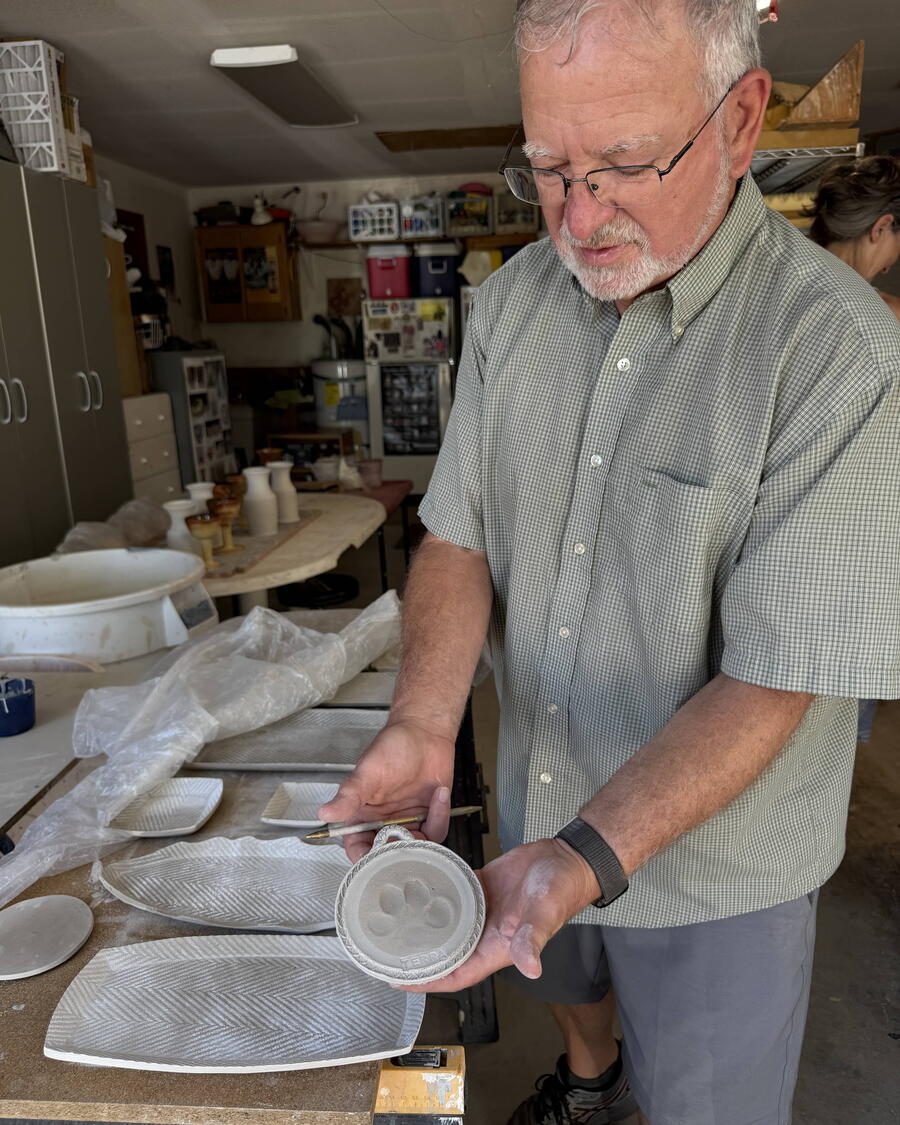
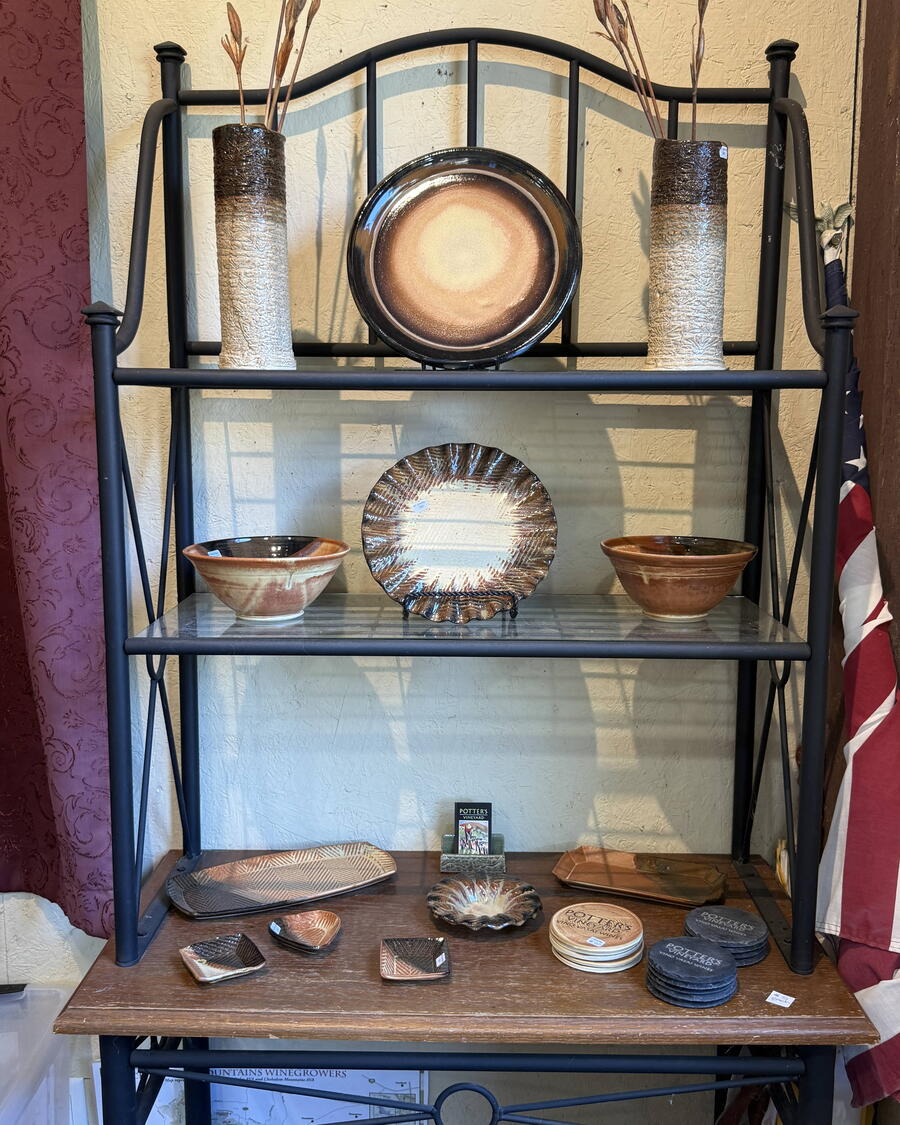
Potter’s Vineyard
Bill and Sandy Sanchez also have a hilltop vineyard, which is 700 feet above sea level. This location gives their grapes a microclimate that’s somewhat cooler than most of the other wineries in the valley. Another unique feature of their property is the loamy, rock-free volcanic soil that allows for the vines to flourish without irrigation. Their planting methods also maximize their production on their five-acre property.
For our tasting, we enjoyed five wines – one Sauvignon Blanc, a Chardonnay, a Barrel Select Estate Pinot Noir, an Estate Reserve Pinot Noir and a Cabernet Sauvignon Reserve. The reds were excellent – especially the nine-year-old Estate Reserve Pinot – but I particularly loved the Sauvignon Blanc, with its citrus notes and acidity, and the Chardonnay, with its tropical fruit notes. Bill produces all these wines at a three-story gravity-flow cooperative winery, just minutes from their small vineyard.
As you might have guessed, this vineyard also houses a potter’s studio. Bill creates beautiful ceramics and other handcrafted items for sale, along with the wines. If you visit here, you’ll also meet their friendly Labrador, Terra.
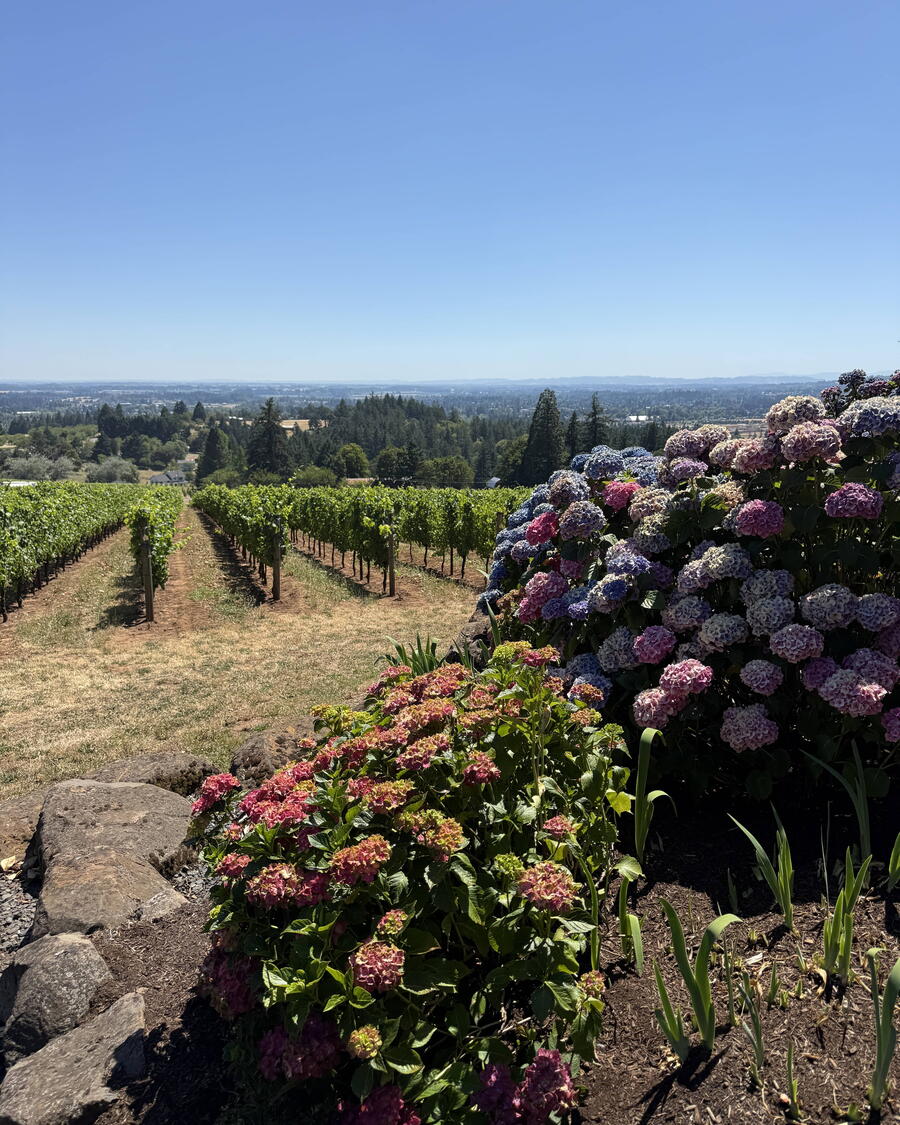
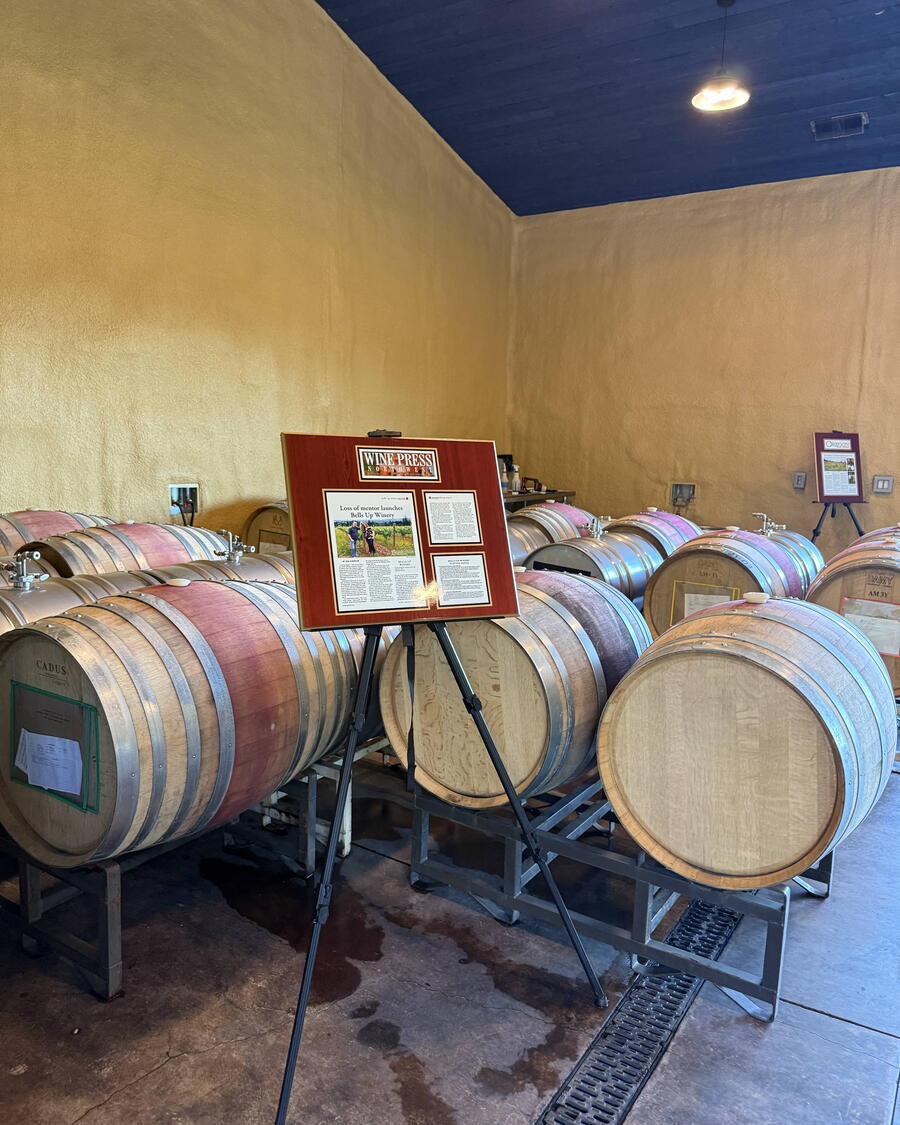
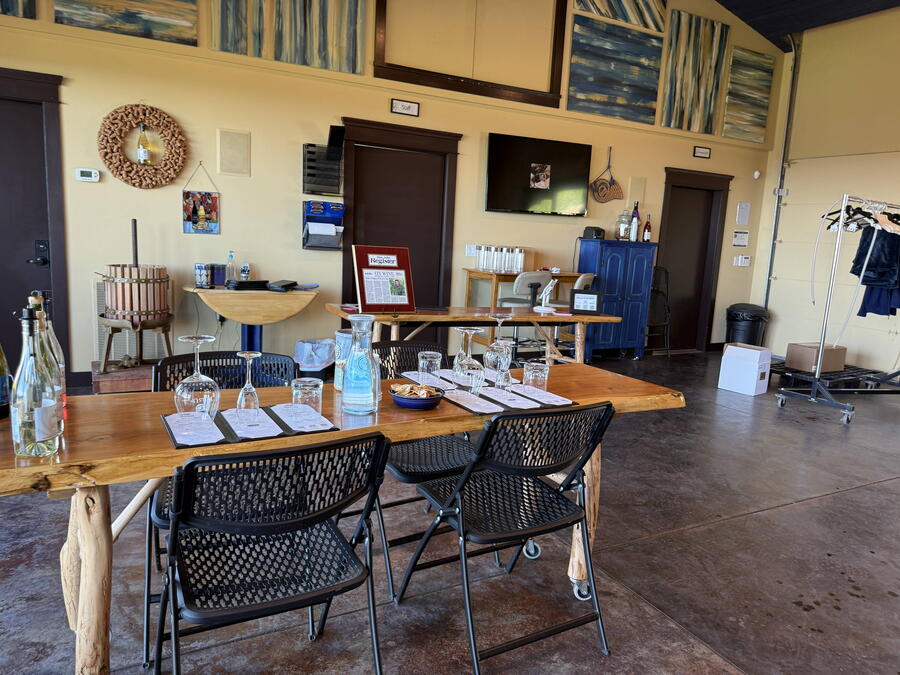
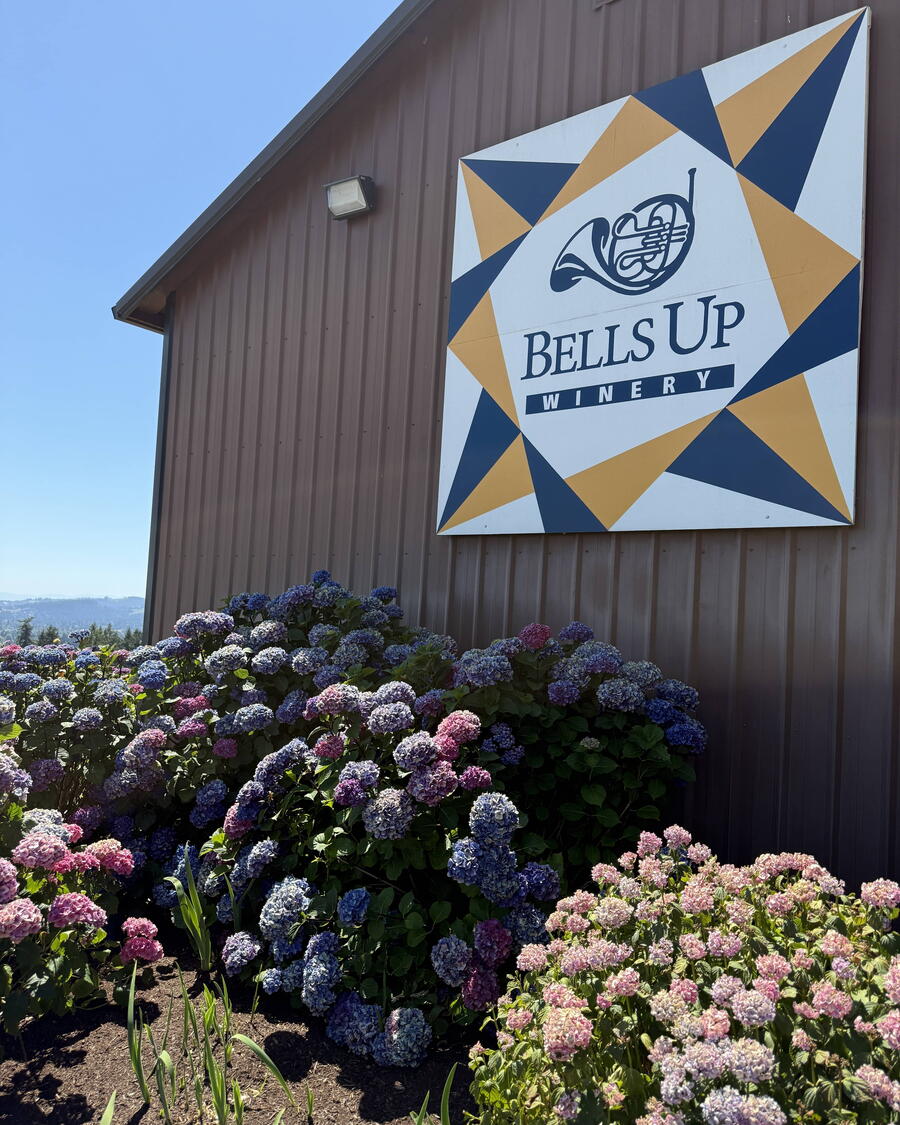
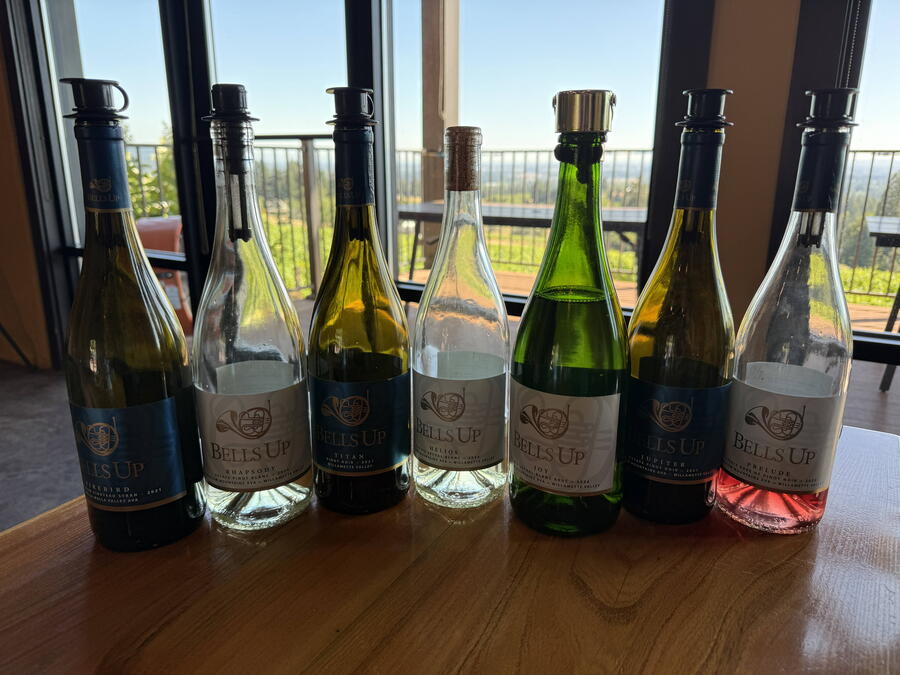
Bells Up winery
From the name (which is a command for a band to be ready to play, especially with French horn) to the joyful tasting we experienced, there is nothing snooty about this micro-boutique winery. It felt like we were in a friend’s home, overlooking their personal five-acre property, and if it hadn’t been nearing 100 degrees outside, we probably would have sat outside on their deck.
But Dave Specter, along with his wife Sara, started Bells Up from an overgrown plot of blackberries and Christmas trees to grow it into a vineyard producing Pinot Noir, Syrah, Pinot Blanc and other great varietals. Among the three places we visited, this was probably the most free-wheeling, as Dave encouraged us to enjoy the wines the way we wanted, not the way experts would.
Of the seven we tried here, all of which are named after classical music works, I naturally loved the two Pinot Noir vintages we tried. But I was most enthralled with the Seyval Blanc, a grape mostly grown in the Midwest and East Coast and one I hadn’t heard before. “Helios” was similar to a Sauvignon Blanc, which has become my favorite new white wine. We also enjoyed “Prelude,” a rose that could go equally well with a holiday feast or cheeseburgers. Now, that's my kind of wine pairing.
